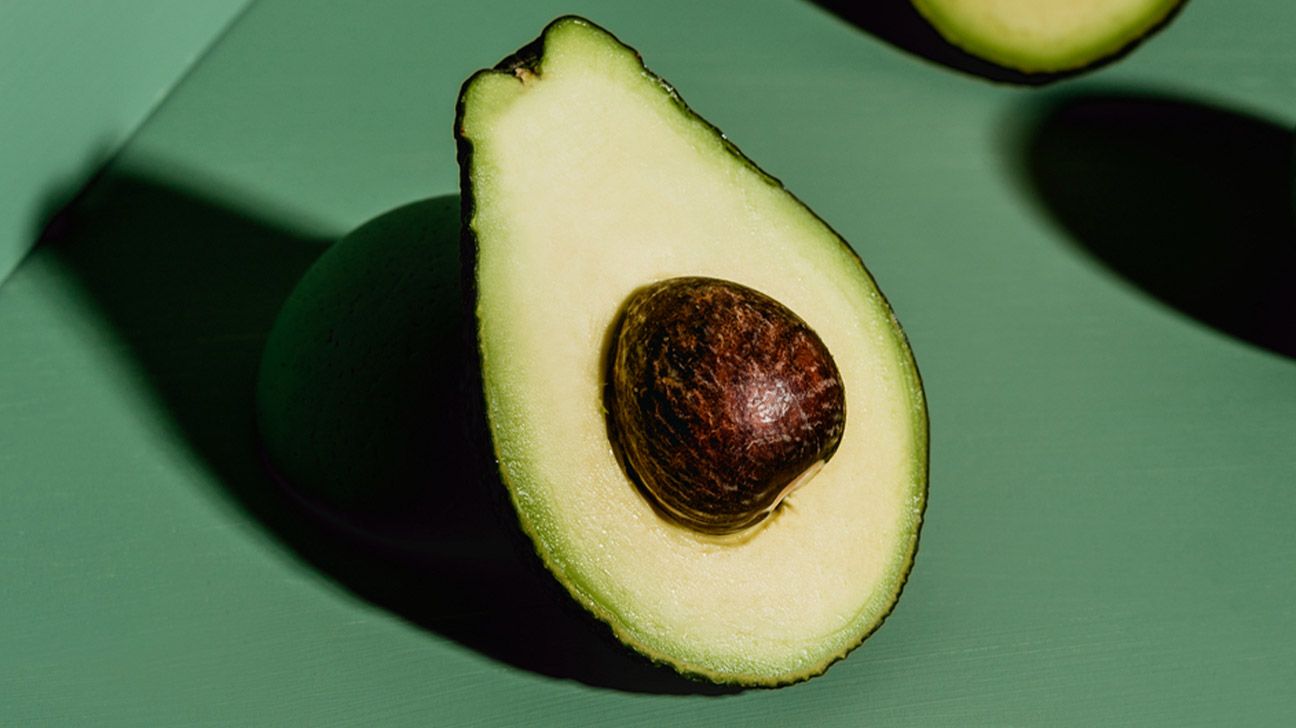Everyone loves a good avocado, whether it’s smashed on toast, whipped into a zesty guacamole, or even enjoyed straight with a spoon (perhaps with a sprinkle of everything bagel seasoning). This tree-ripened fruit (yes, an avocado is technically a fruit!) has clearly taken kitchens and restaurants by storm, creating a new market for more varieties of the popular produce item. The Hass avocado and Florida avocado are probably the most well-known of several avocado varieties, but differ significantly in size, shape, and flavor.
Here’s how to tell them apart…
Arguably the king of the avocado world, Hass (or Haas) avocados are dominating the market with their long shelf life and variety of culinary uses. These avocados are a favorite of grocery stores as they can be picked as unripened fruit, stored in bins for shipping, and become ripe in the grocery store. These avocados are primarily sourced from Mexico and California as they thrive in warm climates with plenty of sun.
Hass avocados come in varying sizes, but are typically no larger than six ounces. Their skin is black and oftentimes bumpy but peels easily to reveal the rich, green flesh (and large, round pit) on the inside. Hass avocado flesh is rich, fatty, and high in monounsaturated fats (the good kind, aka, healthy fats!) and is soft enough to be whipped into a smooth spread, but also firm enough to stand up to simple slices. These avocados are easy to identify when they are ready to eat; a gentle squeeze can determine the ripeness of the avocado and they still have a creamy texture even when simply sliced.
A lesser-known variety but one still popping up in supermarkets is the mighty Florida avocado, also sometimes called the Dominican avocado. Much larger in size, these avocados are known for their relatively smooth, bright green skin and large, teardrop-shaped pits. Just as their namesake indicates, these avocados are grown in Florida but are also a popular varietal in Haiti and other islands in the Caribbean. They are a bit harder to determine ripeness, as they will never really get as soft as a ripe Hass avocado. This variety is great for slicing and dicing as it holds its shape extremely well.
The biggest difference between a Hass avocado and a Florida avocado comes down to calories; Florida avocados are lower in fat and therefore have an overall lower calorie count. This may sound like a no-brainer, but Florida avocados are much milder in flavor due to their lacking in fat content. Also, since these avocados are larger, they are oftentimes more expensive than their smaller counterparts.
Here are some avocado recipes that can take either kind, or highlight a specific variety:
Fried Avocado Tacos
Looking to change up your taco Tuesday? Try breading and frying avocados. (Breading and baking is also an option, and obviously healthier.) A Florida avocado has a great firm texture that holds up well to either method. Get our Fried Avocado Taco recipe.Get the recipe.
Chipotle-Avocado Salad Dressing
No dairy needed in this creamy, healthy salad dressing recipe! All of the richness comes from a smooth puree of Hass avocado and chipotles. Get our Chipotle-Avocado Salad Dressing recipe.
Simply Glorious Avocado Toast
Cookbook author, Joey Skladany, celebrates all things basic (and delicious) in his book, “Basic Bitchen.” Hats off to Hass avocados for a perfectly creamy contrast to crunchy toast; gild this lily however you want, perhaps with a poached egg and pickled onions. Get Joey’s Avocado Toast recipe.
Grilled Shrimp Tacos with Avocado-Corn Salsa
Top smoky grilled shrimp with a fresh avocado-corn salsa for a healthy and delicious weeknight meal. Either Hass or Florida avocados would work well in this recipe—just pick a firm Hass to hold up to the dice in the salsa topping. Get our Grilled Shrimp Tacos with Avocado-Corn Salsa recipe.
Guacamole
Whether you’re on the creamy or chunky guacamole train, this dip is widely celebrated with fresh avocados, a burst of fresh lime, and kick of chopped cilantro. We add some serrano chilies and tomatoes too. As for texture, if you like your guac chunkier, opt for diced Florida avocado. If you’re into a creamy, smooth puree, stick with Hass. Get our Basic Guacamole recipe.
Copa Verde
Avocados…in a cocktail? Creamy Hass avocados should be used in this spring green drink to achieve the smoothest result. Fresh lime juice is key in this cocktail, sweetened with a touch of agave and jazzed up with good-quality tequila and a thyme-salt rim. Get our Copa Verde Avocado Cocktail recipe.
Dark Chocolate Avocado Mousse with Coconut Cream
Avocados in dessert hardly seem strange now, right? Again, a really ripe Hass avocado will give you the creamiest, richest result for this dairy-free delight. Get the Dark Chocolate Avocado Mousse with Coconut Cream recipe.

